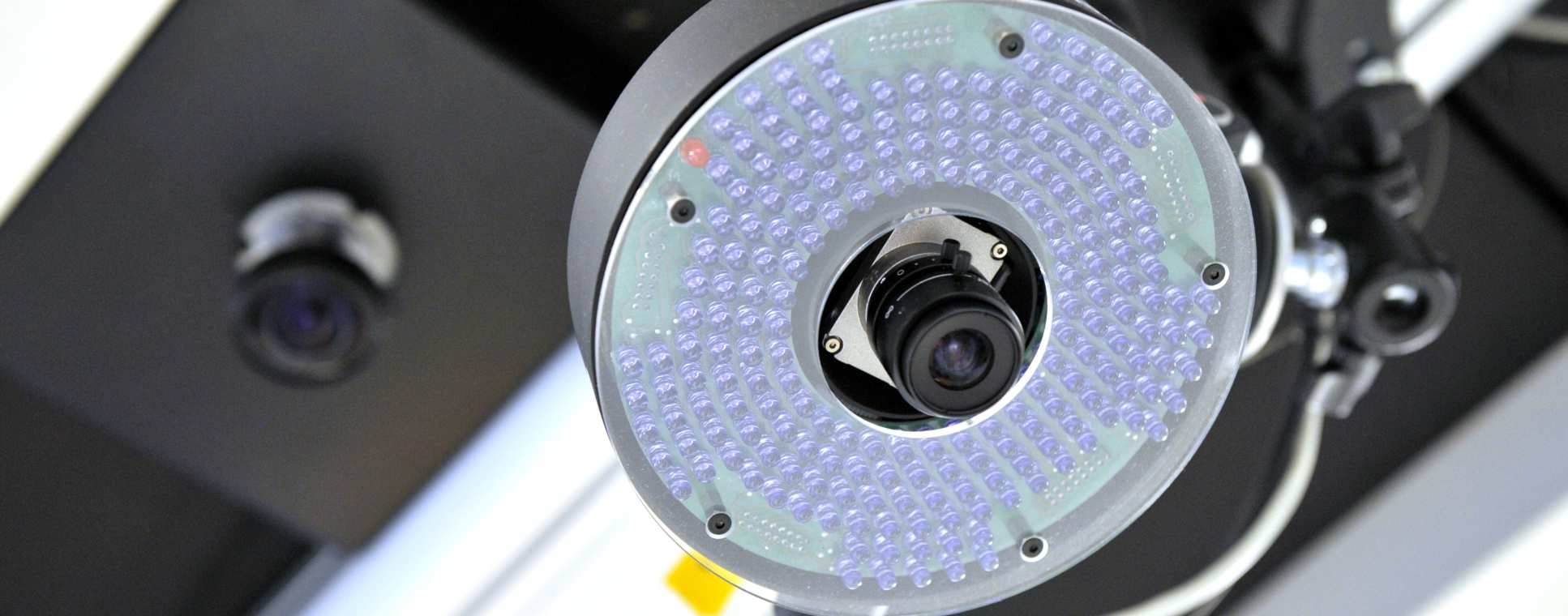Internet of Things and Smart Environments

Recent advances in biosensors, wireless network and embedded systems have facilitated rapid development of a wide range of wearable sensors for pervasive monitoring, with applications ranging from health, wellbeing, sports and entertainment.
The Hamlyn Centre is at the forefront of developing both hardware and analytics for Internet of Things (IoT) and smart environments.
Our main research is focussed on the challenges of ambient sensing through the introduction of novel sensing platforms, self-configuration approaches, self-adaptive techniques, and seamless integration with wearable sensors. Through fusing multiple sensing modalities, we aim to develop a smart environment, which can learn and adapt to different environments and provide proactive sensing for different applications. We also address the associated informatics challenges in collaboration with leading companies such as Intel by developing innovative solutions in big data analytics and mobile device integration.
Research themes
Research Themes
IoT and sensing platforms
This research theme aims to develop novel sensing devices to enrich our understanding of people’s behaviour and their relation with individual physiological and psychological states. One exemplar of this theme is the μVSN (micro-vision sensor networks) platform with distributed focus of attention via self- organisation for high-level scene recognition, inferencing, object tracking and none-contact based physiological signal monitoring with consideration on privacy and data security. Interconnected μVSN nodes with embedded computation power open up a new realm of intelligent vision-enabled applications through real-time image processing and distributed reasoning.
Self-configuration and security
One of the major obstacles that hinder the widespread use of sensing technologies in homecare is the cost of installation and configuration, as every home is different and most of the sensors have to be calibrated and configured in accordance with the specific environment to provide effective sensing. The focus of this theme is to address novel self-configuration, self-adaptation approaches as well as security and authentication for ambient sensors, which can be mapped to ASIC hardware and implemented for real-time on-node processing.
Seamless integration with wearable sensors
Although much information can be captured by ambient sensors, certain physiology and behaviour profiles of the user cannot be accurately captured by using ambient sensors alone. A holistic approach has been proposed to provide effective fusion of both ambient and wearable sensors. For example, we have demonstrated that significant improvement in activity recognition can be achieved by fusing the e-AR sensor with vision sensors and iBeacons, thus opening up a range of new opportunities for pervasive sensing for smart environments.
Big data analytics
The complexity, diversity and rich context of data being generated in healthcare are driving the development of big data for health. Volume, velocity, variety, veracity, variability, and value are the V’s of big data and these are encapsulated in the inherent challenges of biomedical and health informatics. Effective ways of tackling these challenges would pave the way for more intelligent healthcare systems focused on prevention, early detection and personalized treatments. Our work in big data analytics is focussed on linking imaging and sensing data for stratified patient management towards the future provision of preventative, predictive and participatory healthcare.
For further information, please see our position paper on Big Data for Health.


